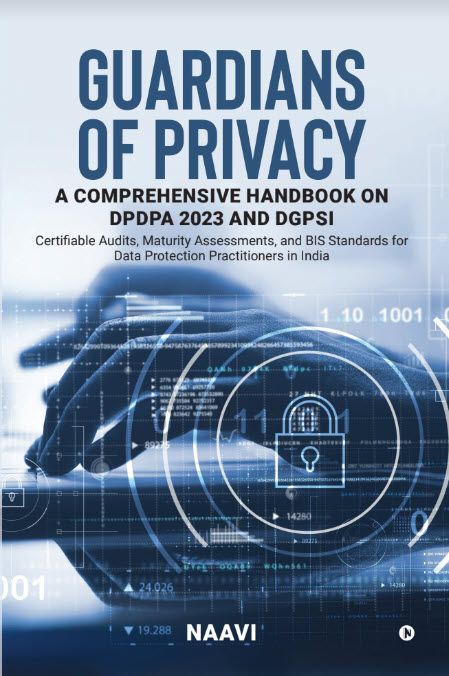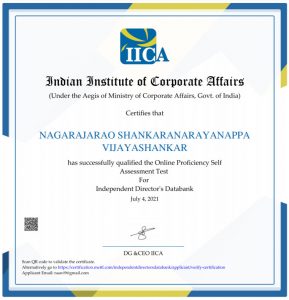Delhi High Court has recently held that “Dissemination of ball by ball information of a cricket match” is not included in “Press Freedom”. In a strange decision the Court has held that Press should confine its activities to report only after 15 minutes.
Report
The order grants “A limited interim injunction restraining the defendants from disseminating contemporaneous match information in the form of ball-by-ball or minute-by-minute score updates/match alerts for a premium, without obtaining a license from the plaintiff”
However “There shall be no restriction upon the defendants to report noteworthy information or news from cricket matches as and when they arise, because stale news is no news.”
also, “There shall be no requirement for the license if the defendants do it gratuitously or after a time lag of 15 minutes”
The judgement also has many other debatable decisions such as distinguishing the rights of the “Free” vs “Premium” recipients of information.
According to observers, STAR has already issued notices to service providers as if they have “Absolute Rights” instead of the 15 minutes rights.
The decision is a set back for “Press Freedom” and in particular for digital media including SMS, Blogging etc and needs a serious review.
Copy of Judgement
Naavi






